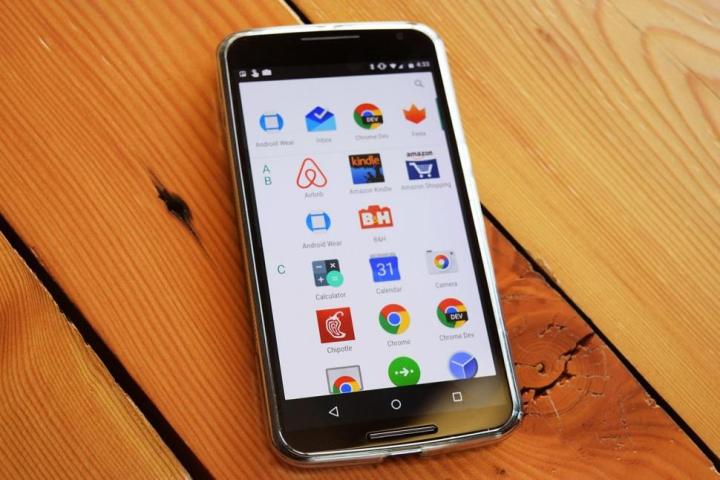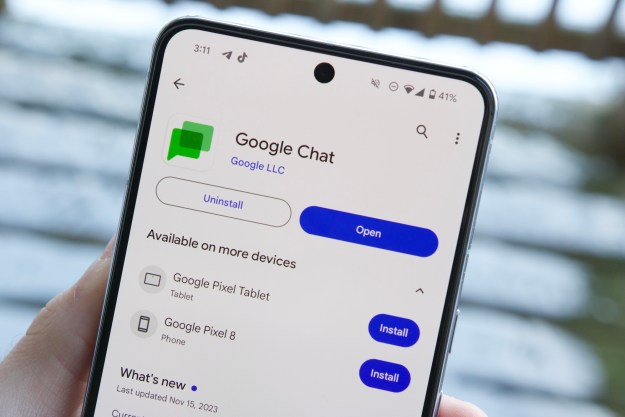
In 2015, Google first started bringing web apps to Android through a Chrome for Android update — which allowed developers to create a prompt for users to add shortcuts to web apps to the home screen. Those shortcuts, however, certainly didn’t act the same as other
“In 2015, we added a new feature to Chrome for Android that allows developers to prompt users to add their site to the Home screen for fast and convenient access,” said Google in a blog post. “That feature uses an
Apart from appearing in the phone’s app drawer, web apps will also now be able to get incoming notifications from other apps and when you long-press one of those notifications, you will get the same notification controls that you get from normal Android apps — rather than the notification controls for Google Chrome.
A new menu item will also show up for Google Chrome for Android, allowing users to more easily add web apps to the home screen. Soon, you will be able to just tap on the Chrome menu, then tap a button that says “Add to Home screen.”
It will be interesting to see how web apps and Android apps merge over the next few years — and just how similar they become.
Editors' Recommendations
- These are the best Android 15 features you need to know about
- Is Temu legit? Everything you need to know about the shopping app
- The best iPhone and Android apps for Black History Month 2024
- If you have one of these apps on your Android phone, delete it immediately
- Apple is about to change iPhone web browsing forever

